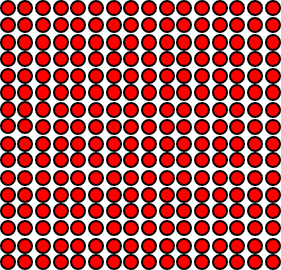We had presentations this week, and were able to see many aspects of how even projects that were well underway and seemingly on a good track still could use some design reflections and feedback.
For our team specifically, we mostly missed out on specifications for our battery life and weight. This is a very important aspect of our product, as the first two things a consumer are probably going to consider in our product are:
- Will the battery life last long enough?
- Will the device be bulky and unwieldy to put on the bike/my body.
Our plan is to conduct some sort of competitive analysis on other similar situations, and the other is to conduct a small user test to see how people respond to weight and battery life. We met with Prof. Ken Mai as well to talk about other ways to find solutions for our problem.
We also received a concern about how we plan to measure the brightness of our LEDs, but for now, we are going to assume that we light all of the LEDs at 100%, and we are going to use the candela ratings that the datasheeet gives us. If we need to adjust the brightness to an in between, we can consider buying a sensor (around 6.99) to test it out.



